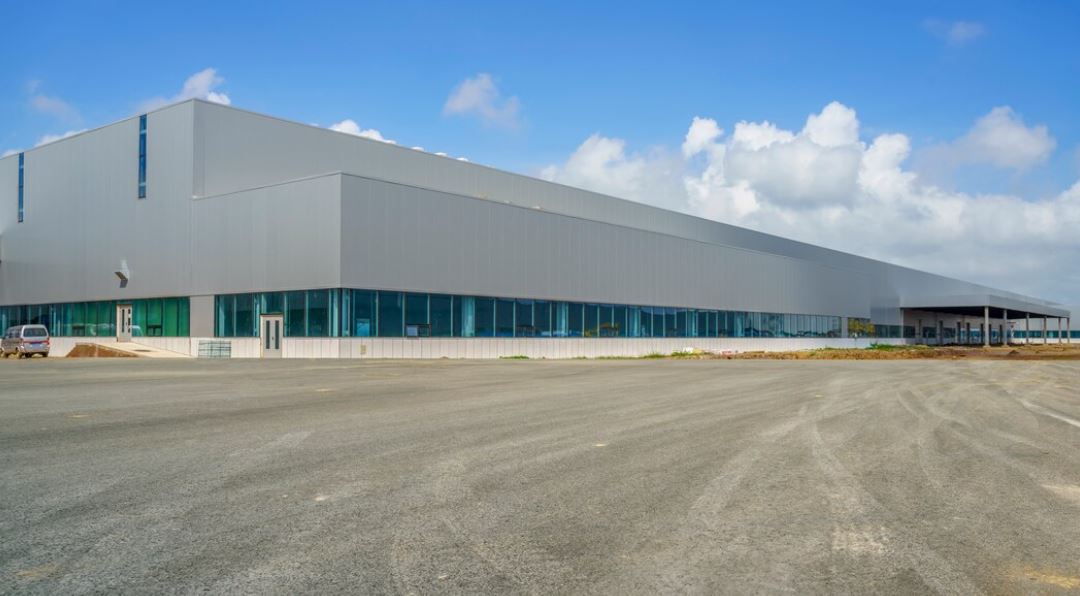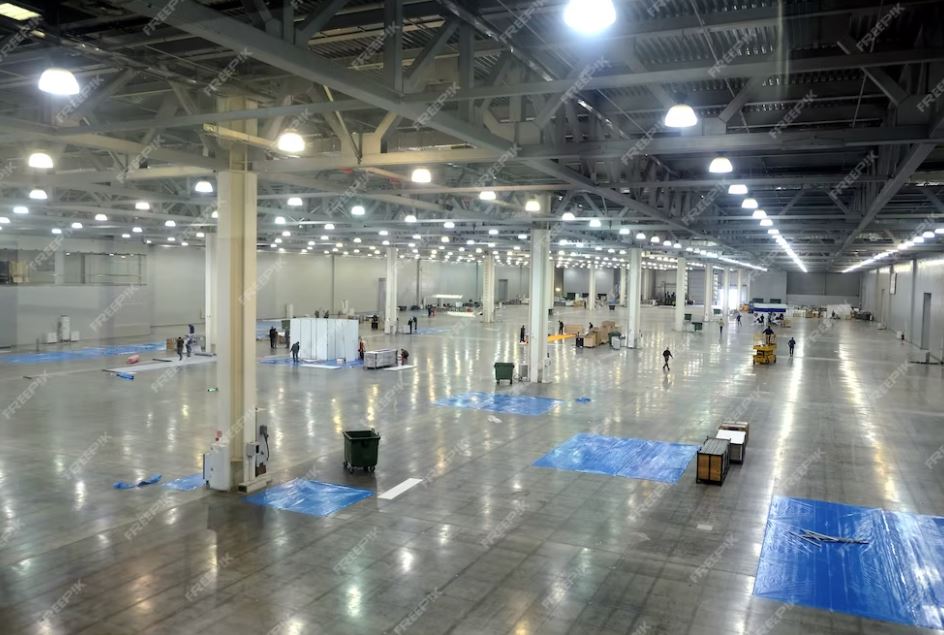24 May 2023
Project documentation for the telecommunications infrastructure of a logistics complex has been developed
The project documentation for the “Working Project” stage of the telecommunications infrastructure of the “Logistics Complex” has been created.

The engineering systems include:
• Structured Cabling System (SCS);
• Local Area Network (LAN);
• IP Telephony;
• Wi-Fi;
• Video Surveillance;
• Access Control;
• Security Alarm;
• Guaranteed Power Supply.
SCS is the Foundation of Telecommunications Engineering Infrastructure
In this project, the Structured Cabling System (SCS) serves as the foundation for the telecommunications engineering infrastructure of the logistics complex. SCS in this project provides the transport layer for the operation of all low-voltage engineering systems of the complex (ISO/IEC 11801-6).
All low-voltage engineering systems here operate above the SCS, meaning they do not have their own equipment rooms, cross-connects, cable routes (trays, penetrations, boxes), main and horizontal cables. During the design phase, other sections of low-voltage engineering systems submit requests to the SCS section regarding their needs for copper and optical ports.
Instead of the traditional separate design of low-voltage engineering systems, an integrated approach to their creation is applied here. This approach provides numerous organizational and economic advantages to the client, manifesting at all key stages of the object’s life: design, construction, operation, development, and modernization.
For more details on the advantages of the integrated approach to the development of low-voltage engineering systems in a building, you can read the article “Adam Smith’s Division of Labor and Telecommunications Engineering Infrastructure of a Modern Building.“

Key Characteristics of the SCS for the Object
The backbone subsystem of the object is implemented using optical cables. The development of the backbone subsystem includes design solutions that ensure:
– The operation of modern and future applications (speeds up to 100 Gbps);
– Fault-tolerant topology through the duplication of BD and EF, as well as the provision of backup routes between any two distribution nodes (BD, ER, EF, FD);
– Scalability – resiliency to increase in application types and number of applications due to the initial additional amount of redundant fibers in the optical cables..
Two building distributor (BD) are located sufficiently far from each other. These distribution nodes are connected by two optical cables with XX fibers, which run completely along different routes without shared segments of installation. An equipment room (ER) is located near each building distributor (BD).
Each local floor distributor (FD) is connected by two optical cables with YY fibers, one cable from BD1 and the other from BD2. These optical cables run entirely along separate routes without shared segments of installation.
Two entrance facilities (EF) are provided for connecting external optical lines (corporate lines and lines from communication operators). The entrance facilities are located in opposite parts of the building, ensuring maximum separation. Two optical cables with ZZ fibers each are laid from each entrance facility to every building distribution node, following different routes.
The horizontal subsystem is designed in a shielded configuration with category 6A components. The horizontal subsystem has a zone topology provided by consolidation points with 12 and 24 ports.
PoE (Power over Ethernet). Project solutions ensure the operation of PoE applications up to 60 watts per port. When laying the cable in trays, project solutions are implemented to support PoE applications: F/FTP 23 AWG cable, bundling cables into harnesses (12 or 24 cables per bundle), and maintaining a distance of no less than 1 cm between the bundles.
A large number of devices with various purposes are connected to the PoE at the facility, including: cameras; IP phones; Wi-Fi access points; edge switches; access control; sensors (motion; presence; illumination; air quality monitoring; humidity; temperature; liquid level); meters (water, heat, gas); building infrastructure management controllers (BMS, HVAC, lighting); security alarm controllers; transportation management controllers; barcode scanners; monitors, and others.
Wi-Fi. The wireless network covers the entire space of the logistics complex.
For each Wi-Fi access point inside buildings two RJ45 6A (10G) ports are provided.
The structured cabling system is ready to accommodate the installation of access points: Wi-Fi 4 (802.11n) up to 600 Mbps; Wi-Fi 5 (802.11ac) up to 3.5 Gbps; Wi-Fi 6 (802.11ax) up to 9.6 Gbps; Wi-Fi 7 (802.11be) up to 20 Gbps.
Wi-Fi access points of the facility support Internet of Things (IoT) data exchange protocols.
Conclusion
The main feature of the project is the integrated approach to the development of the telecommunications infrastructure, where all low-voltage engineering systems operate above the SCS.
The backbone topology of the SCS for the logistics complex has the capability for scalability, high bandwidth, increased reliability, and fault tolerance.
Zone topology of the horizontal subsystem of SCS simplifies the processes of designing and constructing telecommunications engineering systems, provides flexibility in configuring workspaces, facilitates the implementation of new applications, and ensures increased cable line preservation during construction works that will undoubtedly occur during the object’s lifetime.
A unified structured cabling system for the object creates prerequisites for reducing project implementation timelines and costs, lowering operational expenses, and easing the development and modernization of the telecommunications infrastructure over time.
